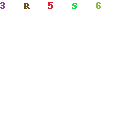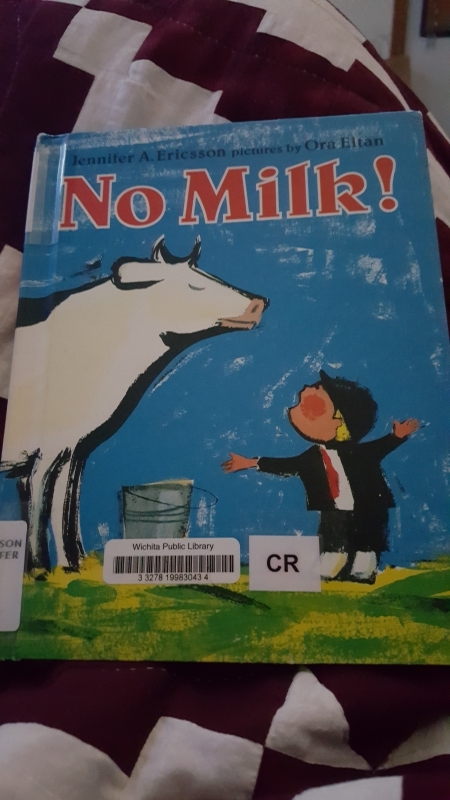What makes for a good marriage? What combination of inborn traits, behaviors, and life circumstances makes for marital longevity and bliss?
Sure, there are plenty of people willing to opine based on their personal experiences with marriage, or perhaps on their experiences counseling married couples or divorcees. But what does the science say?
Ostensibly, that’s what Tara Parker-Pope set out to explore in For Better: The Science of a Good Marriage.
And, if you do a cursory reading of her book, you’ll come to certain conclusions about the best marital model. Mainly, you’ll come to think that an egalitarian, 50-50 marriage is the way to go. It is clearly the best option. That is, if you fail to read page 254 carefully. There, a couple of paragraphs belie the drumbeat of “egalitarian is best” to which the entire rest of the book marches:
“It’s often a surprise when people learn that a traditional marriage, which is marked by the male breadwinner/female homemaker roles, is widely viewed as the most stable marriage. It had the lowest divorce rate in the studies by Dr. Hetherington. But just because these marriages are stable doesn’t mean they always are the most happy.
For a traditional marriage to thrive, both partners have to be happy with their individual role, perform it well, and feel respected by the other partner for the contributions they make to the marriage and family. If one partner changes, particularly if the wife decides she wants to work outside the home, the marriage can be stressed, often beyond repair.”
I love how shocked Parker-Pope is (and how she attributes her own shock to “people”) that experts on marriage stability regard the traditional marriage to be the most stable model (you know, based on things like… data.) I also love how quickly she jumps to discredit that result. I mean, it may be the most stable, but clearly one couldn’t actually be, you know, happy in a marriage like that.
When I read that second paragraph, I can’t help but think that the things she’s arguing make for a happy traditional marriage are things that make for a happy marriage altogether. Even if both spouses work, they will be happiest if both are happy with their individual role, perform it well, and feel respected by the other partner for the contributions they make to the marriage and family. And if one partner changes, perhaps maybe if a woman decides she wants to stay at home with the children? The marriage is stressed – not necessarily by the desire, but by the change in family dynamics that must be navigated before a new equilibrium is reached.
Now, does this mean that Parker-Pope’s book is not worth reading? Not really. I found it to be interesting. It sparked lots of conversation with my husband (always a nice thing whether or not the topic of discussion is marriage – but it’s especially nice when a book about marriage enables conversation with your spouse.) There was other information that is applicable even if you reject the pervasive belief that egalitarianism is the best model for marriage (for instance, did you know that couples with MORE conflict tend to have stronger marriages? It’s really in how conflict is brought up and managed that makes the difference.)
I don’t think this is a great book to read if you feel like your marriage is in trouble. It’s not terribly practical in that regard. I also don’t think it quite succeeds at the subtitle’s aim of discussing “the science of a good marriage” (given its failure to look any deeper at the most stable model of marriage – the two paragraphs above are literally ALL that is said about traditional marriage.) But if you’re like me, in a happy and functional marriage and eager to continue learning and growing within that marriage, I think this could still be beneficial (or at least interesting).
Rating: 3 stars
Category: Marriage
Synopsis: Attempts to discuss what the science says about successful marriages (that don’t end in divorce), but without really regarding a traditional marriage as a viable option (and therefore leaving out an entire area of inquiry that seems rather important to this reader.)
Recommendation: Interesting information, probably not helpful for a struggling marriage.





